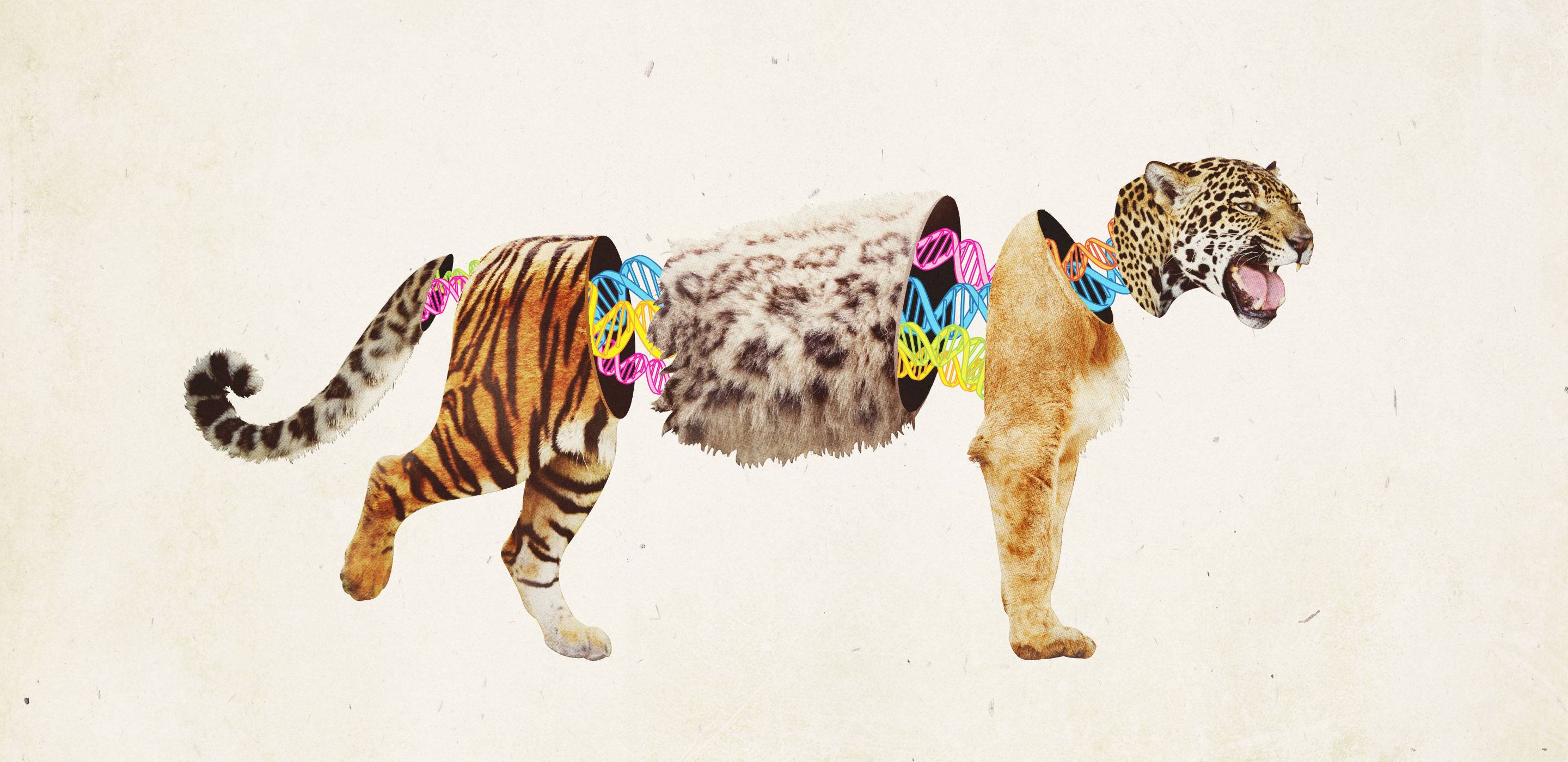There is nothing in the natural world quite as exhilarating as seeing a Tiger in the wild, and there is little doubt that Tiger travel is becoming more and more popular, as awareness about the tenuous survival of this magnificent beast spreads. Despite the intrigue the animal invokes, we have limited knowledge of its evolution and its solitary and secretive behaviour makes studying it difficult. We do, however, have at least some insight into this big cat’s past and how it has evolved into the magnificent animal it is today.
How Old?
Panthera zdanskyi is the oldest species, and fossils have been found in the Gansu province of China, suggesting its existence over two million years ago. From its Chinese origins, the big cat grew, adapted and migrated. The oldest fossil of Panthera zdanskyi found is not too dissimilar to the animal we know today.
Genetic Studies
There are many species of large wild cats, with Tigers, Lions, Leopards and Jaguars all members of the Panthera genus, meaning that they are closely related to each other. A recent study led by Brian Davis, William Murphy and Dr. Gang Li, concluded that the Tiger is in fact related to the Snow Leopard and that their evolution began over three million years ago. Both these species developed separately to the rest of the genus, but the research has provided an insight into the origins of Panthera tigris. The populations of this big cat that resided in China and Central Asia remained isolated and gene flow was tight, leading to the gradual evolution of subspecies that had several physical similarities.
Adaptation
Many believe that the modern Panthera tigris descends from the Miacid, which was a carnivorous animal that inhabited the planet over 62 million years ago. The similarities in physical appearance seem to have defied time; the Miacid had four legs, a long tail and distinctive patterned fur. While they have many other similarities, over time they have had to adapt in order to survive. They now have shorter legs and longer claws, which make them expert climbers, and their striped coat helps to blend in when the sunlight spreads through the long grasses of the jungle floor. An increased sense of hearing helps with communication, and the retina of this incredible creature’s eyes allows more light to reflect back into the eye. This means that they can see well in the dark and in dimmer light, which is why they often hunt at dawn or dusk.
On-going Research
It was only in 2013 that the complete genome sequence was published and comparisons were made with the Bengal Tiger, the African Lion, the White African Lion and the Snow Leopard. One fascinating discovery was that the Tiger shares more than 96% of its genome with the domestic cat. It is thought that the genome discovery could be helpful in the conservation of the big cats and, although there is much still to learn with regards to its evolution, there is a lot of research being done in order to provide more information.
Interestingly, the Sumatran Tiger is an island subspecies that has a genetic profile quite different from other species. Rising sea levels thousands of years ago isolated the species and this is thought to be the reason.
More fossils are being discovered all the time and, along with new technologies, the hope is that the evolution of this enigmatic big cat can be more fully understood.
For anyone with an interest in learning more, responsible Tiger travel is an exciting way to do just that.
Marissa Ellis-Snow is a freelance nature writer with a special interest in Tiger travel. Being passionate about her subject, Marissa chooses the expert-led wildlife holidays organised by Naturetrek, which have brought her unforgettable sightings of a wide range of wildlife in some of the most spectacular regions on Earth.


